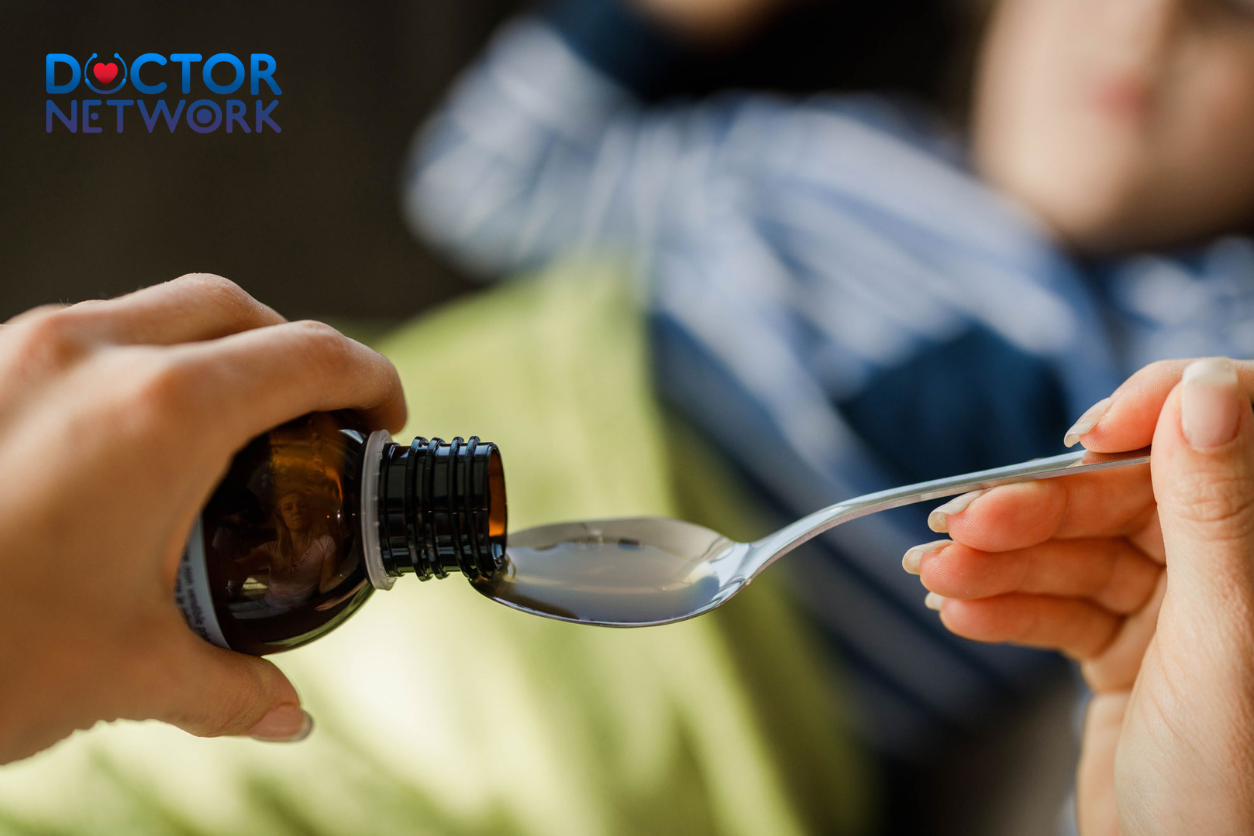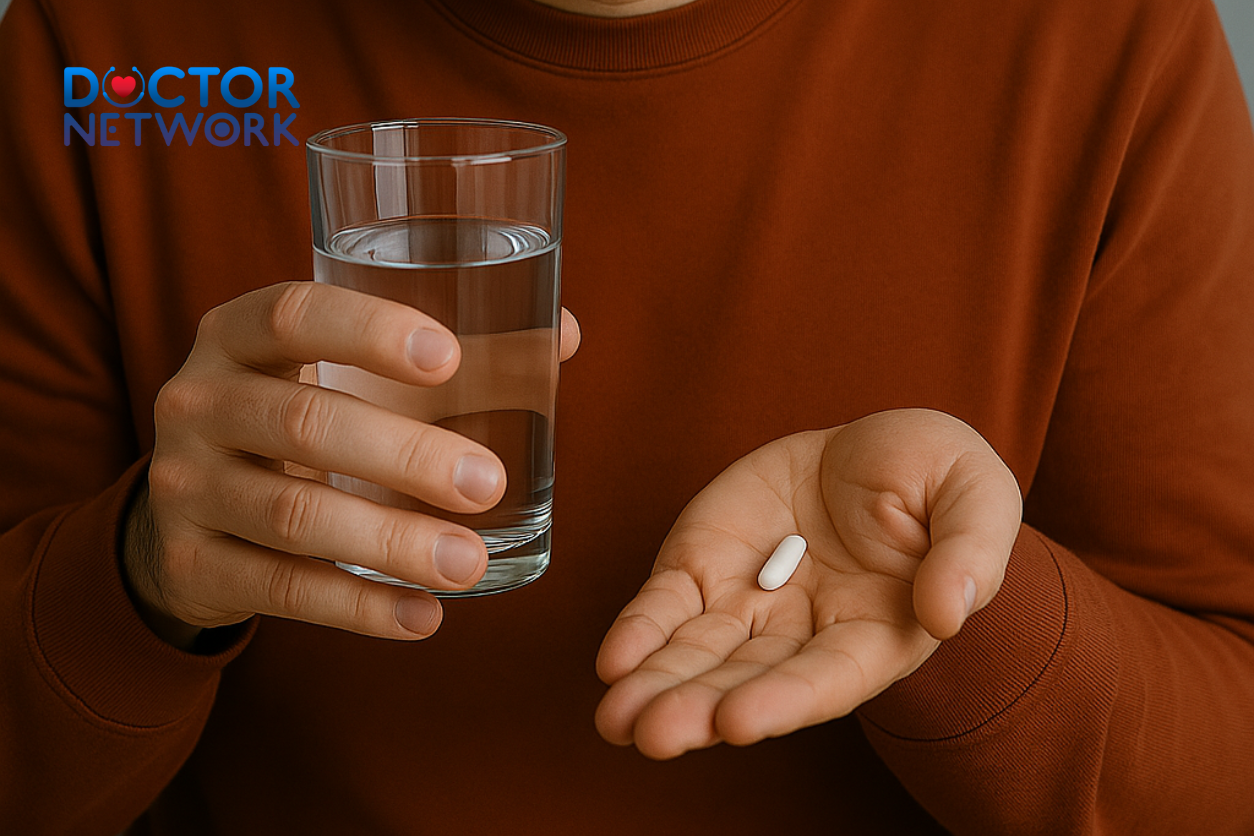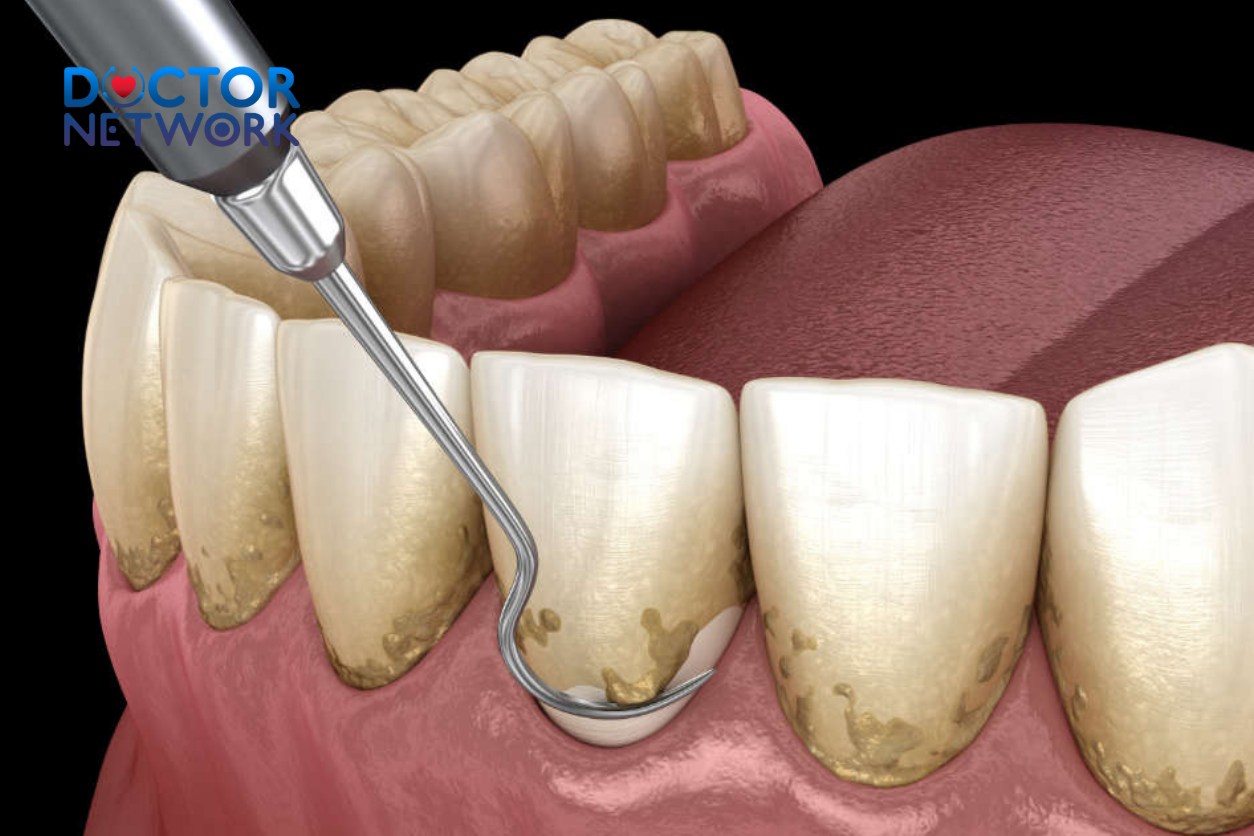Nyquil typically provides symptom relief for 4-6 hours, with most people experiencing benefits within 30 minutes of taking this popular over-the-counter cold and flu medication. Understanding Nyquil’s duration becomes crucial for proper dosing, avoiding adverse interactions, and ensuring safe usage patterns for optimal therapeutic outcomes.
How Long Does Nyquil Last – This comprehensive medical guide examines Nyquil’s duration of action, active ingredient pharmacokinetics, elimination timelines, dosage protocols, safety considerations, and alternative treatment approaches. We’ll explore factors affecting medication persistence, potential side effects, drug interactions, and evidence-based recommendations for responsible use of this widely available nighttime cold remedy.
Understanding Nyquil: Composition and Mechanism of Action
Nyquil functions as a multi-symptom cold and flu medication containing three primary active pharmaceutical ingredients that work synergistically to address respiratory illness symptoms. The formulation targets congestion, cough suppression, pain relief, fever reduction, and sleep induction through distinct pharmacological pathways.
Active Ingredients and Their Functions:
- Acetaminophen (325-650mg): Acts as an analgesic and antipyretic agent, reducing pain signals and lowering body temperature through cyclooxygenase inhibition
- Dextromethorphan (15-30mg): Functions as a centrally-acting antitussive, suppressing cough reflexes by affecting the medullary cough center
- Doxylamine succinate (6.25-12.5mg): Serves as a first-generation antihistamine with pronounced sedative properties, blocking H1 receptors and inducing drowsiness
The medication exists in multiple formulations including liquid syrup, liquid capsules, and specialized pediatric versions. Each formulation maintains therapeutic ratios designed for specific age groups and symptom severity levels.

How Long Does Nyquil Take to Work?
Nyquil demonstrates rapid onset of action, with therapeutic effects typically beginning within 15-30 minutes following oral administration. Peak plasma concentrations occur at different intervals for each active component, creating a staggered therapeutic response profile.
The medication’s bioavailability varies based on formulation type, with liquid preparations generally showing faster absorption compared to capsule forms. Food intake can delay absorption but doesn’t significantly impact overall effectiveness or duration of action.
Onset Timeline:
- Initial effects: 15-30 minutes
- Peak effectiveness: 30-60 minutes
- Full therapeutic benefit: 1-2 hours
Individual factors including metabolism, body weight, hepatic function, and concurrent medications influence onset timing. Elderly patients may experience delayed onset due to reduced metabolic capacity and altered drug distribution patterns.
Duration of Nyquil’s Therapeutic Effects
Nyquil provides symptomatic relief for approximately 4-6 hours in most individuals, though duration varies based on multiple physiological and pharmaceutical factors. The medication’s effectiveness gradually diminishes as active ingredients undergo hepatic metabolism and renal elimination.
Symptom-Specific Duration
Different symptoms experience varying relief durations due to the distinct pharmacokinetic profiles of Nyquil’s active components:
Pain and Fever Relief (Acetaminophen):
- Duration: 4-6 hours
- Peak effect: 1-2 hours post-administration
- Onset: 30-60 minutes
Cough Suppression (Dextromethorphan):
- Duration: 4-8 hours
- Peak effect: 2-3 hours post-administration
- Onset: 15-30 minutes
Sedation and Antihistamine Effects (Doxylamine):
- Duration: 6-12 hours
- Peak effect: 1-3 hours post-administration
- Onset: 30-60 minutes
The antihistamine component typically provides the longest-lasting effects, often persisting beyond the recommended dosing interval and potentially causing next-day drowsiness in sensitive individuals.
Pharmacokinetics: How Long Nyquil Stays in Your System
Understanding Nyquil’s elimination profile requires examining each active ingredient’s half-life and clearance characteristics. The medication’s complete clearance from the body occurs over several days, with individual components eliminated at different rates.
Half-Life and Elimination Timeline
| Active Ingredient | Half-Life | System Clearance | Complete Elimination |
|---|---|---|---|
| Acetaminophen | 2-3 hours | 4-6 hours | 12-24 hours |
| Dextromethorphan | 3-6 hours | 6-12 hours | 15-30 hours |
| Doxylamine Succinate | 6-12 hours | 12-24 hours | 2-3 days |
The antihistamine component (doxylamine) demonstrates the longest persistence, requiring up to 72 hours for complete elimination. This extended presence explains why sedative effects may continue well beyond the therapeutic dosing window.
Factors Affecting Elimination
Multiple physiological and environmental factors influence Nyquil’s metabolism and clearance:
Patient-Specific Variables:
- Age and metabolic rate
- Liver and kidney function
- Body mass index and composition
- Genetic polymorphisms affecting drug metabolism
- Concurrent medication use
- Hydration status and urinary pH
Pharmaceutical Factors:
- Dosage amount and frequency
- Formulation type (liquid vs. capsule)
- Food interactions and timing
- Storage conditions and medication stability
Elderly patients, individuals with hepatic impairment, and those with compromised renal function may experience prolonged elimination times, requiring dosage adjustments and extended monitoring periods.
Proper Dosage Guidelines and Administration
Appropriate Nyquil dosing follows standardized protocols designed to maximize therapeutic benefit while minimizing adverse effects and toxicity risks. Adult dosing differs significantly from pediatric recommendations, with specific formulations available for different age groups.
Adult Dosage Recommendations
Nyquil Liquid Syrup:
- Standard dose: 30 mL (2 tablespoons)
- Frequency: Every 6 hours as needed
- Maximum daily doses: 4 doses in 24 hours
- Administration: Use provided measuring cup for accuracy
Nyquil Liquid Capsules:
- Standard dose: 2 capsules
- Frequency: Every 6 hours as needed
- Maximum daily doses: 4 doses in 24 hours
- Administration: Take with or without food
Pediatric Considerations
Children’s Nyquil formulations contain reduced concentrations of active ingredients and exclude certain components present in adult versions. Pediatric dosing requires careful calculation based on age, weight, and symptom severity.
Important Pediatric Guidelines:
- Only for children 6 years and older
- Requires healthcare provider consultation
- Weight-based dosing calculations
- Specialized formulations without adult-strength ingredients
- Enhanced monitoring for adverse effects
Cold and cough medications face significant restrictions in pediatric populations, with many products contraindicated in children under 7 years due to safety concerns and limited efficacy data.
Side Effects and Duration of Adverse Reactions
Nyquil’s side effect profile reflects the pharmacological actions of its three active components, with most adverse reactions being dose-dependent and reversible upon discontinuation. Understanding common side effects and their expected duration helps patients make informed decisions about continued use.
Common Side Effects and Timeline
Immediate Effects (0-2 hours):
- Drowsiness and sedation
- Dry mouth, nose, and throat
- Mild nausea or stomach upset
- Lightheadedness or dizziness
Persistent Effects (2-12 hours):
- Continued sedation
- Blurred vision
- Urinary retention (rare)
- Coordination impairment
Residual Effects (12-24 hours):
- Morning drowsiness (“hangover effect”)
- Mild cognitive impairment
- Reduced alertness and reaction time
The sedative effects from doxylamine often persist longest, requiring patients to avoid driving, operating machinery, or engaging in activities requiring full alertness for at least 6-8 hours after the last dose.
Serious Adverse Reactions
While uncommon, serious side effects require immediate medical attention:
- Severe allergic reactions (rash, swelling, difficulty breathing)
- Signs of acetaminophen toxicity (abdominal pain, dark urine, yellowing of skin/eyes)
- Extreme drowsiness or difficulty awakening
- Rapid heartbeat or irregular rhythm
- Severe confusion or agitation
Patients experiencing these symptoms should discontinue Nyquil immediately and seek emergency medical care.
Drug Interactions and Contraindications
Nyquil interacts with numerous medications and substances, potentially altering effectiveness, increasing toxicity risk, or prolonging elimination times. Understanding these interactions proves essential for safe medication use.
Major Drug Interactions
Central Nervous System Depressants:
- Alcohol: Enhanced sedation and increased liver toxicity risk
- Benzodiazepines (lorazepam, alprazolam): Additive CNS depression
- Opioids: Increased respiratory depression risk
- Sleep medications: Excessive sedation
Antidepressants:
- MAO inhibitors: Contraindicated due to hypertensive crisis risk
- SSRIs: Potential serotonin syndrome with dextromethorphan
- Tricyclic antidepressants: Enhanced anticholinergic effects
Other Medications:
- Antihistamines: Additive sedative effects
- Muscle relaxants: Increased drowsiness and impairment
- Blood pressure medications: Potential interaction with some Nyquil formulations
Medical Conditions Requiring Caution
Certain medical conditions necessitate careful evaluation before Nyquil use:
| Condition | Concern | Recommendation |
|---|---|---|
| Liver Disease | Acetaminophen toxicity | Reduced dose or avoidance |
| Kidney Disease | Prolonged elimination | Dose adjustment needed |
| Glaucoma | Anticholinergic effects | Contraindicated |
| Prostate Enlargement | Urinary retention | Use with caution |
| High Blood Pressure | Decongestant effects | Monitor closely |
| Asthma/COPD | Respiratory depression | Medical supervision |
Overdose Risks and Emergency Management
Nyquil overdose presents serious health risks, particularly due to acetaminophen-induced hepatotoxicity. Understanding overdose symptoms and appropriate emergency responses can prevent serious complications or death.
Overdose Symptoms by Component
Acetaminophen Overdose:
- Nausea and vomiting
- Abdominal pain
- Loss of appetite
- Confusion and altered mental status
- Liver damage (delayed onset, 24-48 hours)
Dextromethorphan Overdose:
- Altered mental status and confusion
- Agitation and restlessness
- Rapid heartbeat
- High blood pressure
- Difficulty breathing
Doxylamine Overdose:
- Severe sedation
- Anticholinergic effects (dry mouth, blurred vision, urinary retention)
- Seizures (in severe cases)
- Respiratory depression
Emergency Management Protocol
- Immediate Actions:
- Contact emergency services (911)
- Call Poison Control Center (1-800-222-1222)
- Do not induce vomiting
- Gather medication information
- Medical Treatment:
- Activated charcoal (if within 1-2 hours)
- N-acetylcysteine for acetaminophen toxicity
- Supportive care and monitoring
- Psychiatric evaluation if intentional overdose
Factors Affecting Nyquil Duration and Effectiveness
Multiple variables influence how long Nyquil remains effective and persists in the body. Understanding these factors helps predict individual responses and optimize therapeutic outcomes.
Physiological Factors
Age-Related Changes:
- Reduced liver metabolism in elderly patients
- Altered drug distribution and clearance
- Increased sensitivity to sedative effects
- Potential for drug accumulation
Body Composition:
- Higher body fat percentage may prolong elimination
- Muscle mass affects drug distribution
- Hydration status influences renal clearance
- Overall health status impacts metabolism
Genetic Variations:
- Cytochrome P450 enzyme polymorphisms
- Variable acetaminophen metabolism rates
- Differences in antihistamine sensitivity
- Individual tolerance development patterns
Environmental and Lifestyle Factors
Concurrent Substance Use:
- Alcohol consumption increases toxicity risk
- Caffeine may counteract sedative effects
- Tobacco use affects drug metabolism
- Herbal supplements may interact
Food and Timing:
- Food delays absorption but may reduce stomach upset
- Evening administration aligns with natural circadian rhythms
- Consistent timing improves therapeutic predictability
- Empty stomach increases absorption rate
Safe Usage Guidelines and Best Practices
Responsible Nyquil use requires adherence to established guidelines that minimize risks while maximizing therapeutic benefits. These evidence-based recommendations help prevent adverse effects and drug interactions.
Recommended Usage Patterns
Short-Term Use Protocol:
- Maximum 7 days of continuous use
- Follow package directions precisely
- Maintain consistent dosing intervals
- Monitor symptom improvement
Dosing Schedule Optimization:
- Take 30-60 minutes before desired sleep time
- Allow 6-hour intervals between doses
- Avoid exceeding 4 doses per 24-hour period
- Use measuring devices provided with medication
Safety Precautions
Activities to Avoid:
- Driving or operating machinery for 6-8 hours post-dose
- Consuming alcohol during treatment period
- Taking additional acetaminophen-containing medications
- Engaging in activities requiring full alertness
Monitoring Parameters:
- Symptom improvement tracking
- Side effect documentation
- Sleep quality assessment
- Overall functional capacity
Alternative Approaches to Cold and Flu Management
While Nyquil provides effective symptom relief, alternative treatments and supportive care measures can complement or replace pharmaceutical interventions in certain situations.
Non-Pharmacological Interventions
Hydration and Rest:
- Adequate fluid intake (8-10 glasses daily)
- Quality sleep in elevated position
- Humidified environment maintenance
- Activity modification and energy conservation
Symptomatic Relief Measures:
- Saline nasal irrigation
- Warm salt water gargles
- Throat lozenges and cough drops
- Steam inhalation therapy
Natural Remedies and Supplements
Evidence-Based Options:
- Honey for cough suppression (not for children under 1 year)
- Zinc lozenges for cold duration reduction
- Vitamin C for immune system support
- Echinacea for symptom severity reduction
Traditional Approaches:
- Herbal teas (ginger, chamomile, elderberry)
- Essential oil aromatherapy
- Chicken soup for hydration and comfort
- Warm compresses for sinus pressure
When to Seek Medical Attention
Certain symptoms and circumstances require professional medical evaluation, as they may indicate complications beyond typical cold or flu illness that Nyquil cannot adequately address.
Red Flag Symptoms
Immediate Medical Attention Required:
- Difficulty breathing or shortness of breath
- Chest pain or pressure
- High fever (>103°F/39.4°C)
- Severe headache with neck stiffness
- Persistent vomiting preventing fluid retention
Urgent Evaluation Needed:
- Symptoms worsening after 3-5 days
- Fever persisting beyond 5 days
- Productive cough with blood
- Severe sinus pain with facial swelling
- Signs of dehydration
Special Populations Requiring Caution
High-Risk Groups:
- Pregnant and breastfeeding women
- Children under 6 years
- Adults over 65 years
- Individuals with chronic medical conditions
- Patients taking multiple medications
These populations require healthcare provider consultation before initiating Nyquil therapy due to increased risks of adverse effects and drug interactions.
Optimizing Nyquil Use for Safe and Effective Relief
Nyquil provides reliable symptom relief lasting 4-6 hours when used appropriately, with complete elimination from the body occurring within 2-3 days. Understanding the medication’s duration, proper dosing guidelines, potential interactions, and safety considerations enables informed decision-making and optimal therapeutic outcomes.
The key to safe Nyquil use lies in following established dosing protocols, recognizing individual factors that affect drug metabolism, and maintaining awareness of potential side effects and interactions. Patients should view Nyquil as one component of comprehensive cold and flu management, incorporating rest, hydration, and alternative supportive measures.
For persistent symptoms, complications, or questions about appropriate use, consultation with healthcare providers ensures safe and effective treatment tailored to individual medical needs and circumstances. Responsible medication use, combined with evidence-based supportive care, provides the foundation for successful recovery from cold and flu illnesses.
Frequently Asked About: “How Long Does Nyquil Last”
1. How long does Nyquil last after taking it?
Nyquil’s symptom-relief effects typically last about 6 hours after taking a dose. To maintain continuous relief, it is usually recommended to take it every 6 hours as needed. However, the drowsiness or dizziness caused by the doxylamine component in Nyquil can last longer—around 8 hours or more in some cases.
2. How long does Nyquil’s drowsiness effect last?
Doxylamine succinate, an antihistamine in Nyquil, is primarily responsible for causing drowsiness. This sedative effect usually begins within 30 minutes of taking the medication and lasts between 6 to 8 hours. For some individuals, depending on age, metabolism, and liver function, drowsiness may persist longer. Combining Nyquil with alcohol or other sedatives can also prolong this effect.
3. How soon does Nyquil start working?
Nyquil generally starts working within 15 to 30 minutes after ingestion, depending on the dose and individual factors. Many people take Nyquil about 30 minutes before bedtime to allow it time to take effect and help them fall asleep more easily.
4. What is the safe dosage of Nyquil?
The standard dose for Nyquil liquid syrup is 30 ml (2 tablespoons) every 6 hours as needed, and for Nyquil liquid capsules, it’s 2 capsules every 6 hours. Do not exceed 4 doses in 24 hours or more than 4000 mg of acetaminophen daily to avoid liver damage. People with liver disease or other health conditions should consult a doctor before using Nyquil.
5. What side effects should I be aware of when taking Nyquil?
Common side effects include fatigue, drowsiness, or grogginess the next morning (sometimes called a “Nyquil hangover”). Other possible side effects are dizziness, nausea, dry mouth, and increased blood pressure. Children under 12, elderly individuals, and those with high blood pressure or liver issues should use caution or avoid Nyquil. Avoid drinking alcohol while taking Nyquil, as it can increase the risk of liver damage and worsen side effects.

Scientific References
-
Acetaminophen:
-
Purpose: Reduces pain and fever.
-
Pharmacokinetics (How long it lasts): Acetaminophen has a half-life of approximately 1 to 4 hours in adults with normal liver function. This means it takes this long for half of the drug to be eliminated from the body. Its pain-relieving and fever-reducing effects generally last about 4-6 hours.
-
Scientific Reference:
-
Source: Prescott, L. F. (1983). Paracetamol overdosage: pharmacological considerations and clinical management. Drugs, 25(3), 290-314. (Paracetamol is the international name for acetaminophen).
-
Link (Abstract/PubMed): https://pubmed.ncbi.nlm.nih.gov/6343057/
-
Source (General Drug Info): DrugBank Online – Acetaminophen (Accession Number: DB00316)
-
Link: https://go.drugbank.com/drugs/DB00316 (This page confirms the half-life range).
-
-
-
Dextromethorphan HBr:
-
Purpose: Suppresses cough.
-
Pharmacokinetics: The half-life of dextromethorphan is variable, generally around 2-4 hours in “extensive metabolizers” (most of the population). However, in “poor metabolizers” (a subset of the population with a specific genetic makeup affecting the CYP2D6 enzyme), the half-life can be much longer. The cough-suppressing effect typically lasts about 5-6 hours.
-
Scientific Reference:
-
Source (General Drug Info & Half-life): DrugBank Online – Dextromethorphan (Accession Number: DB00514)
-
Source (Metabolism Variability): Schmid, B., Bircher, J., Preisig, R., & Küpfer, A
-
-
Kiểm Duyệt Nội Dung
More than 10 years of marketing communications experience in the medical and health field.
Successfully deployed marketing communication activities, content development and social networking channels for hospital partners, clinics, doctors and medical professionals across the country.
More than 6 years of experience in organizing and producing leading prestigious medical programs in Vietnam, in collaboration with Ho Chi Minh City Television (HTV). Typical programs include Nhật Ký Blouse Trắng, Bác Sĩ Nói Gì, Alo Bác Sĩ Nghe, Nhật Ký Hạnh Phúc, Vui Khỏe Cùng Con, Bác Sỹ Mẹ, v.v.
Comprehensive cooperation with hundreds of hospitals and clinics, thousands of doctors and medical experts to join hands in building a medical content and service platform on the Doctor Network application.
































